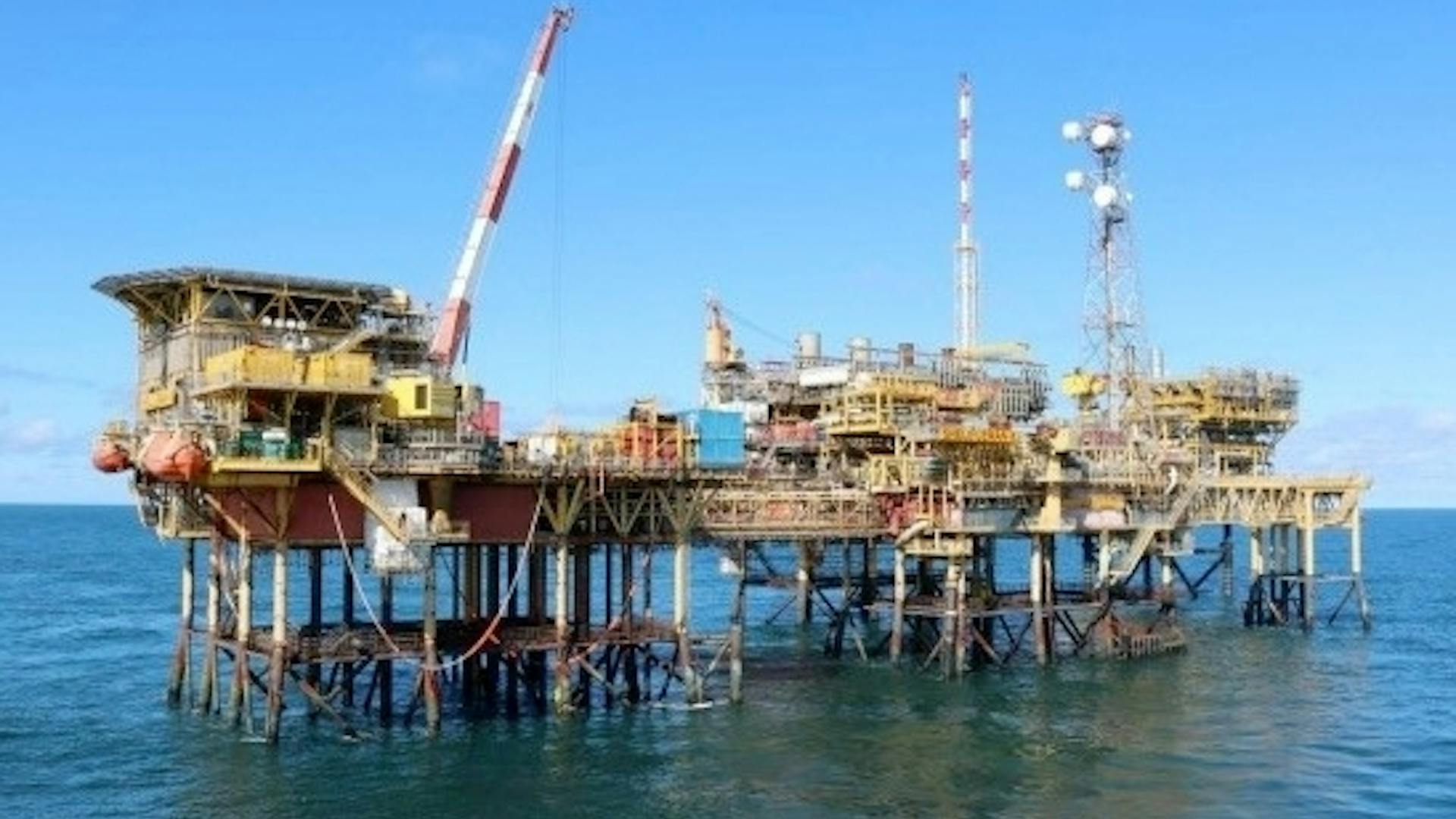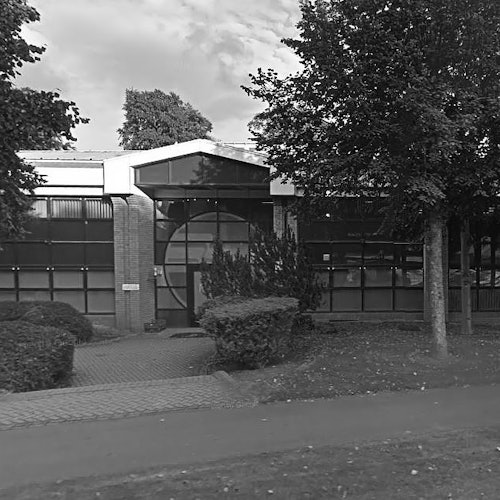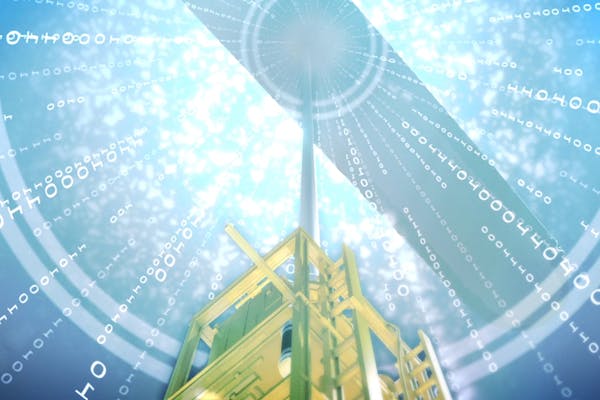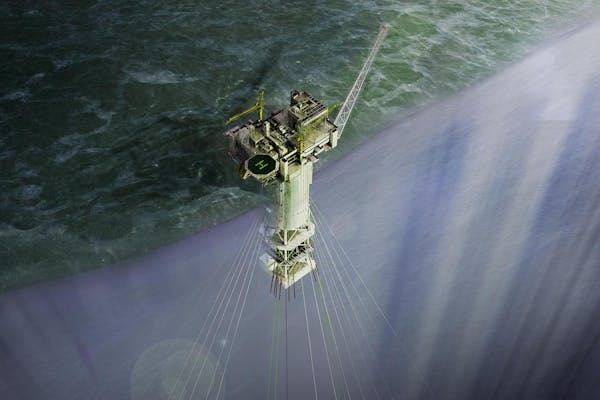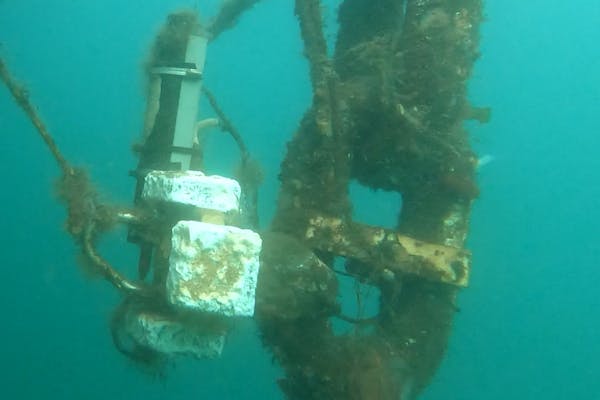Background
Imenco Nautronix were contracted by Deepwater EU Ltd to develop a solution making use of acoustic communication for the purpose of long range CP monitoring, an industry first for this type of remote CP monitoring. Deepwater provided an Impressed Current Cathodic Protection (ICCP) system with acoustic remote CP monitoring as a pilot project for Shell, to be installed on the Leman Alpha production platform complex in the North Sea.
Solution
NASCoM, Imenco Nautronix acoustic control and monitoring system, was identified as the ideal solution. NASCoM Subsea Control Units (SCUs) were deployed to Wireless Sensor Monitoring Deepwater reference electrode sensors, allowing measurement of distribution of protection across the structure. Installation included the provision of Deepwater’s specialist heavy duty Retro Clamps providing an integrated installation package of monitoring equipment, enabling the installation contractor to install subsea monitoring equipment quickly and effectively.
Scope
NASCoM uses Acoustic Digital Spread Spectrum (ADS2) signalling to achieve robust and reliable wireless subsea communication. When required, a Portable Transducer is lowered into the water, connected to a NASCoM Portable Unit, allowing the user to interrogate each SCU for sensor readings. The environment is challenging for acoustics, with significant multipath effects and noise from mechanical sources and surface conditions. ADS2 is designed to cope with such conditions, acoustic communication reliability on this project has been in excess of 89%.
Conclusion
The SCUs adopted enhanced power control of electronics to minimise power consumption between sensor readings, maximising battery life. Based on log data to date, battery life is predicted to exceed the 5 year deployment target, subject to continued use of power saving techniques. Plastic housings along with PEEK connectors were implemented to avoid corrosion issues over the expected deployment duration, avoiding need for ROV service or intervention.
More details
Benefits
- No need for ROV surveys
- Take CP sensor readings ‘on demand’
- Feed sensor readings into ICCP analysis software
- No permanently deployed cables through the splash zone
- No relay stations required for outlying monitoring locations
- Significant cost savings over the five year deployment duration
- In excess of 5 year battery life
Contact

